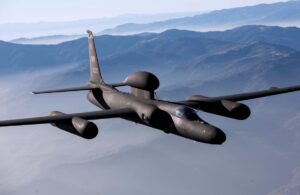
Last month, Lockheed Martin [LMT] demonstrated distributed processing using Kubernetes aboard the U.S. Air Force U-2 reconnaissance aircraft, as the company continues to develop a U-2 Open Mission Systems (OMS) computer, the company said on Dec. 14. "The demonstration is a critical steppingstone toward creating a DevSecOps [development, security, and operations] environment to enable the delivery of enhanced software capability to airborne assets in real-time," the company said. "The U-2 flew a Kubernetes cloud that connected in-flight to a ground…














